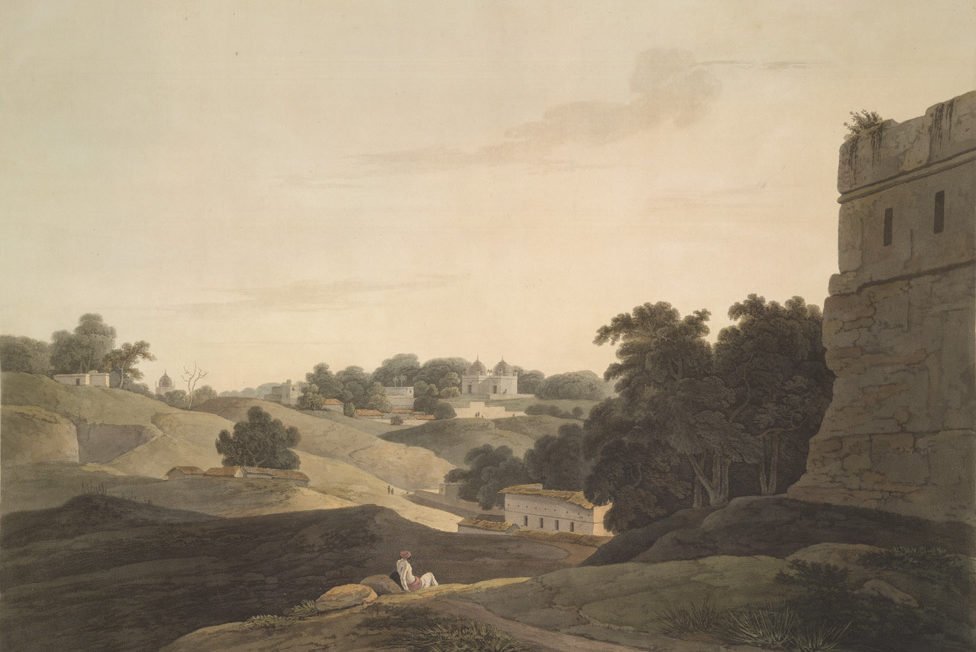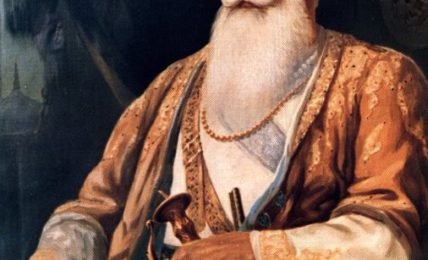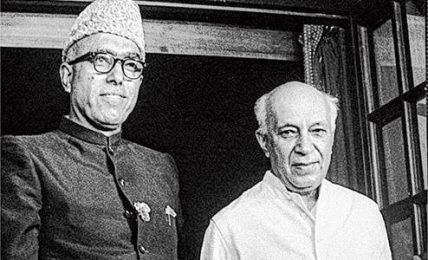The Legend of Queen Suhuva and the Destruction of Jayachandra Gahadavala
Ignoring the insinuations of Prithviraj Raso and looking objectively at the history of Jayachandra Gahadavala or Jaichand of Kannauj, one would notice many open questions - the prominent being the reason for his presence at a place like Chandawar where he was killed. Prabodha Chintamani says Suhava is a keep of Jaichand and she invited the Muslims when Jaichand refused to pass the throne to her son. Whatever the veracity of the story, treachery is a theme which should be seriously explored.




